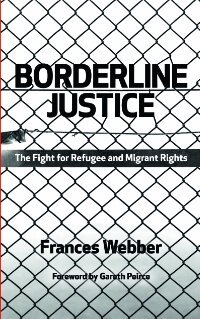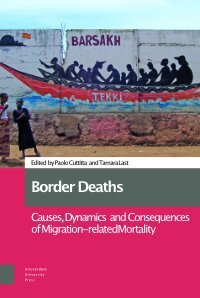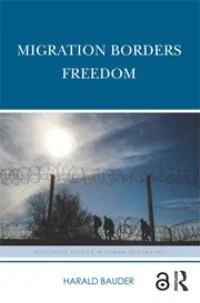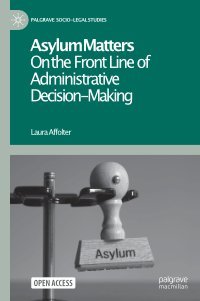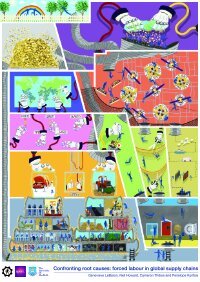By Frances Webber.
The Fight for Refugee and Migrant Rights. Borderline Justice describes the exclusionary policies, inhumane decisions and obstacles to justice for refugees and migrants in the British legal system. Frances Webber, a long-standing legal practitioner, reveals how the law has been (mis)applied to migrants, refugees and other ‘unpopular minorities’. This book records some of the key legal struggles of the past thirty years which have sought to preserve values of universality in human rights - and the importance of continuing to fight for those values, inside and outside the courtroom. The themes and analysis cross boundaries of law, politics, sociology, criminology, refugee studies and terrorism studies, appealing to the radical tradition in all these disciplines.
London: Pluto Books, 2012. 257p.


